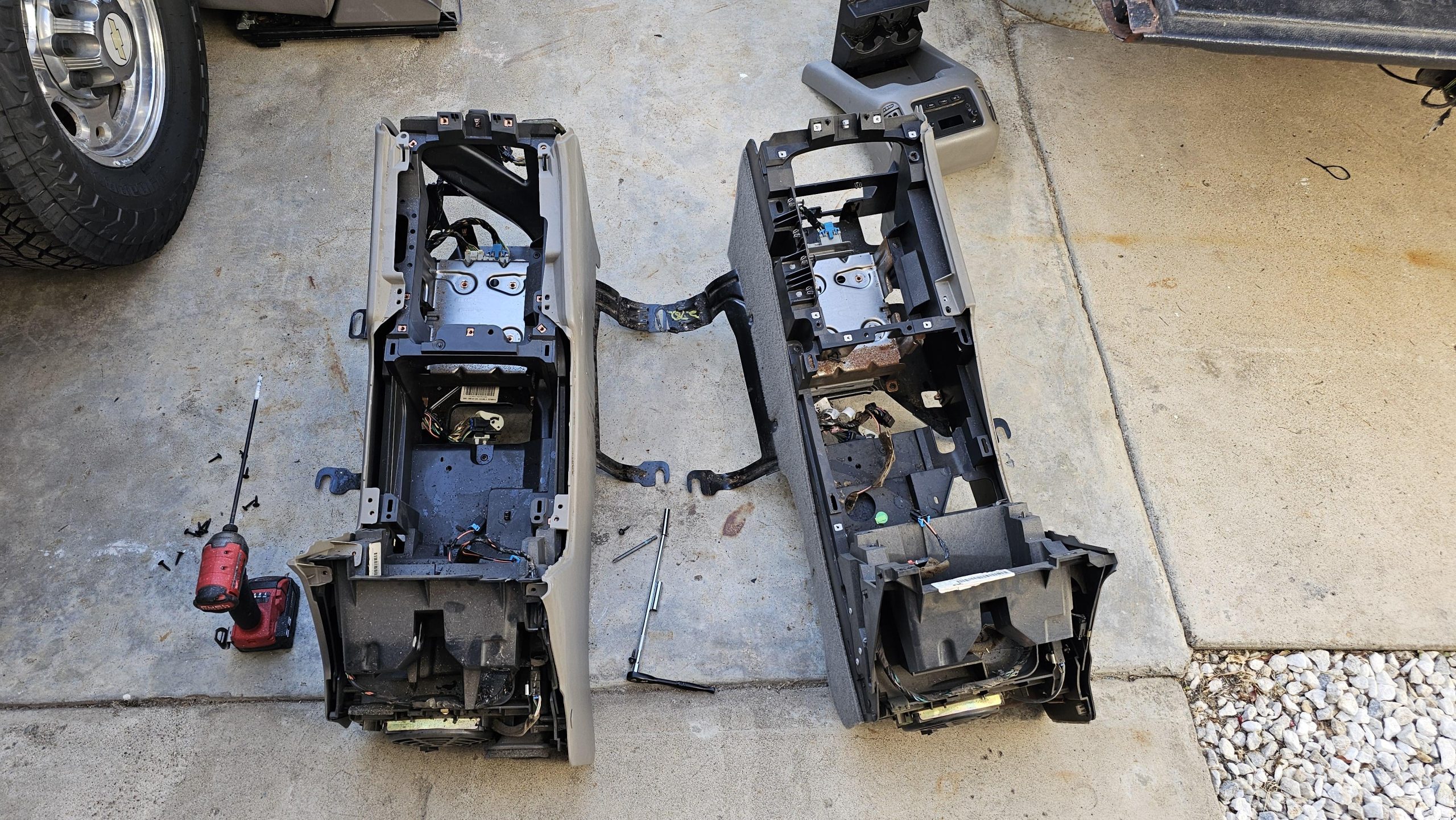
How Telematics and Usage-Based Insurance Are Changing Car Insurance Pricing
Let’s be honest—car insurance pricing has always felt a little… opaque. You call up an insurer, answer a few questions, and suddenly you’re handed a number. But what if your premium actually reflected how you drive, not just who you are? That’s where telematics and usage-based insurance (UBI) come in—and they’re flipping the script on traditional pricing models.
What Exactly Is Telematics in Insurance?
Telematics is just a fancy word for technology that tracks driving behavior. Think of it like a fitness tracker—but for your car. It collects data on things like:
- Speed
- Braking habits
- Mileage
- Time of day you drive
- Even how sharply you take turns
Insurers then use this data to adjust your premium—rewarding safe drivers with lower rates. Simple, right? Well, there’s more to it.
The Rise of Usage-Based Insurance (UBI)
UBI takes telematics data and turns it into personalized pricing. Instead of lumping you into a broad risk category, insurers now tailor rates based on actual driving habits. Here’s how it works:
- Enrollment – You sign up for a UBI program, often through a mobile app or a plug-in device.
- Data Collection – Your driving is monitored for a set period (usually a few weeks to months).
- Analysis – The insurer evaluates your risk based on real-time behavior.
- Adjustment – Your premium is recalculated—sometimes saving you serious cash.
And here’s the kicker: 40% of U.S. auto insurers now offer some form of telematics-based pricing. It’s not just a trend—it’s becoming the norm.
How Telematics Is Shaking Up Traditional Pricing Models
Old-school insurance pricing relied heavily on proxies for risk—your age, credit score, even your ZIP code. But telematics cuts through the noise. Here’s what’s changing:
1. Mileage Matters More Than Ever
If you barely drive, why pay the same as someone clocking 50 miles a day? Pay-per-mile insurance is booming, especially among urban drivers and remote workers. Some insurers now charge by the mile, with base rates as low as $0.06 per mile.
2. Your Driving Habits Actually Count
Hard braking? Rapid acceleration? Those habits now directly impact your premium. Safe drivers can see discounts up to 30%, while risky behaviors might trigger rate hikes.
3. Night Owls Pay More (Sometimes)
Driving late at night? Data shows it’s riskier—so some UBI programs adjust rates based on time-of-day driving. If you’re mostly on the road at noon, you might luck out.
4. Discounts for Low-Risk Routes
Stick to quiet suburban streets instead of chaotic highways? Some programs factor in route safety, offering lower rates for less congested, lower-risk roads.
The Pros and Cons of Telematics-Based Pricing
Like any tech-driven shift, UBI isn’t perfect. Here’s the real deal:
The Upsides
- Fairer Pricing – Good drivers aren’t subsidizing reckless ones.
- Potential Savings – Safe habits = lower premiums.
- Real-Time Feedback – Some apps help you improve driving behavior.
The Downsides
- Privacy Concerns – Not everyone loves being tracked.
- Data Accuracy – Glitches happen (ever had a GPS hiccup?).
- Initial Learning Curve – Adjusting to monitored driving takes time.
That said, for many drivers—especially those with clean records—the savings outweigh the trade-offs.
What’s Next for Telematics and Insurance?
The future? It’s already here—just unevenly distributed. A few things to watch:
- AI-Powered Risk Models – More nuanced than ever, analyzing thousands of data points.
- Integration with Smart Cars – Built-in telematics in newer vehicles.
- Dynamic Pricing – Premiums adjusting in real-time based on driving conditions.
One thing’s certain: the days of one-size-fits-all insurance are numbered. Whether you love it or hate it, telematics is rewriting the rules—one mile at a time.



